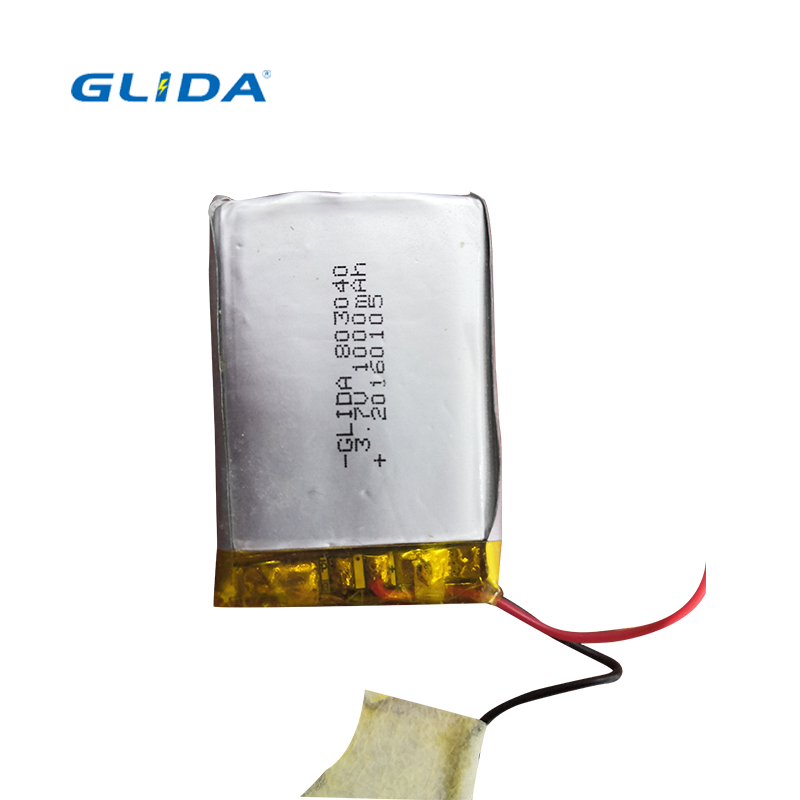

Third-party testing has demonstrated that the liquid TMS parasitic load is less than half of a comparable HVAC system during continuous charge and discharge cycling. Traditional air-conditioning parasitic load is reported between 5-10%. Overall parasitic load is reduced when liquid TMS is integrated into the ESS. Cell temperature uniformity within the ideal temperature range can improve battery state of health, extending the productivity of the system. The high thermal transfer rate of the integrated design improves cell temperature uniformity and temperature control, reducing the need to de-rate the system through the BMS due to spikes in individual cell temperatures. Since the heat exchange fluid has a much higher heat capacity than air, module and container energy density can be increased due to the smaller fluid paths necessary for liquid TMS. Liquid-based thermal management has several advantages over air systems. In cold environments, the system circulates heated water-glycol, maintaining lithium-ion battery modules and cells within their ideal temperature range so they can safely charge. While operating during charge/discharge states, the liquid TMS cools and circulates a water-glycol mixture to the heat exchangers. The use of heat exchanger plates in contact with the battery module’s exterior surface allows for a direct heat transfer to cells through thermal paths integrated in the module design. In contrast, liquid-based thermal management systems (TMS) can directly cool and heat battery modules to maintain battery cells in their optimal temperature range. HVAC systems also typically do not provide heating, which limits the effectiveness of the system in cold environments where charging should not occur when battery cell temperatures are below the battery manufacturer’s specified minimum charging temperature. The resulting decreased charge/discharge rates reduce ESS usefulness as a power infrastructure asset. Battery management systems (BMS) typically de-rate the ESS in response, including limiting the depth of discharge and the zenith of charge. Overall energy density of an air-cooled ESS is reduced as air-cooled battery module designs require more pathways within the module and container to accommodate forced airflow.Īir-cooled systems also have a low thermal transfer rate and are slow to react to battery charge/discharge-driven temperature changes. The specific heat of air and airflow limitations limit the amount of cooling that can be provided within the battery module.

HVAC systems in an ESS condition the air within the container to lower the overall ambient temperature, which is then circulated around and within the battery modules by natural or forced convection. However, the limitations inherent in air cooling and heating have significant impacts on battery performance, energy availability, battery degradation and lifetime, and total cost of ownership. Conditioning of the air within an ESS container has been the most common solution as it seems the least technically complex and the least costly. Liquid-based thermal management provides a more effective method for controlling and optimizing battery temperature in both warm and cold environments.Įffective thermal management of lithium-ion ESS must both remove heat during battery charge/discharge to minimize thermal gradients that cause internal battery cell damage and maintain the temperature of the cells above a minimum threshold for safe operation in cold environments. While conditioning the air within ESS containers has been typical for most deployments to date, it is not sufficiently effective.

A primary concern with lithium-ion ESS operation is effective thermal management, namely removing the significant heat generated during battery charge and discharge and maintaining the batteries above the minimum charging temperature in cold environments. Stationary energy storage is estimated to become an $8.9 billion annual market by 2026 with particular growth in lithium-ion energy storage systems (ESS) for short duration applications.

Connect with Hotstart at #ESACon21 in Phoenix, AZ, December 1-3. This is a guest blog post from Hotstart Thermal Management. NovemEffective Thermal Management for Lithium-Ion Batteries: The Case for Liquid vs Air for Cooling and Heatingĭoug Pooler - Product Testing Engineer, Hotstart Thermal Management


 0 kommentar(er)
0 kommentar(er)
